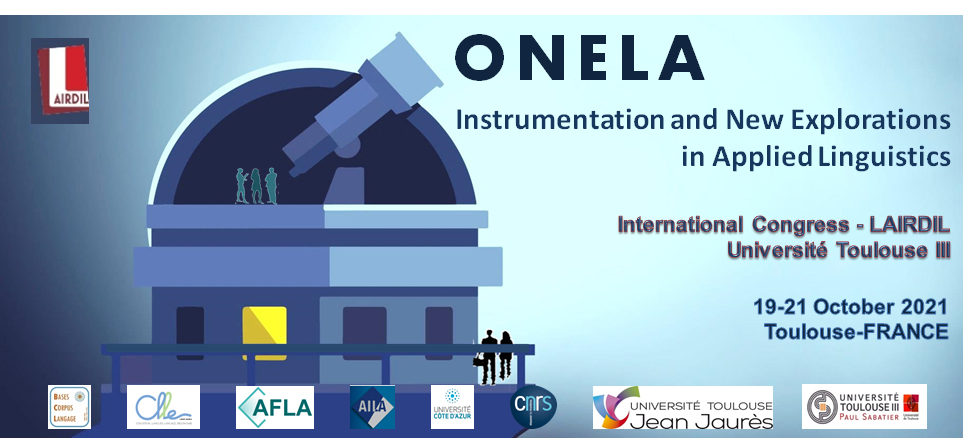Social networks play a vital role in the attainment of individuals. Using computational social network analysis (SNA), we investigate the influence of peer interaction dynamics and social graph topology on measurable outcomes in two intensive language courses: a 5-week course of German for Erasmus exchange students in Baden-Württemberg (n=40), and a 4-week summer course of Polish language and culture in Warsaw (n=181). Unlike studies focusing on the micro-level of individual participants' ego networks, thus presenting an emic view only, we show how and why peer learner networks can be examined in their entirety, complementing an etic perspective (Paradowski et al. 2021a, b).
We find among others i) that the best predictor of (both self-reported and independently measured) progress is reciprocal interactions between students in the language being acquired, ii) that outgoing interactions in the TL are a stronger predictor than incoming interactions, iii) a clear negative relationship between performance and interactions with same-L1 speakers, iv) a significantly underperforming English native-speaker dominated cluster, and v) that more intense interactions take place between students of different levels of proficiency. vi) Analyses of the various standard centrality measures vis-à-vis performance in turn reveal that the influence of the network is strongest in the domains of pronunciation and lexis, where the simplest measure of degree centrality in TL positively correlates with progress, while betweenness in total communication is significantly anticorrelated. vii) This mirrors the influence direction—on global TL progress—of closeness centrality (ease of access to other students). Combined with the detrimental impact on SLA of a high in-degree, this suggests that viii) for language acquisition via social interaction, the structural properties of the network matter more than processes such as information flow.
Paradowski, M.B., Jarynowski, A., Jelińska, M. & Czopek, K. (2021). Out-of-class peer interactions matter for second language acquisition during short-term overseas sojourns: The contributions of Social Network Analysis [Selected poster presentations from the American Association of Applied Linguistics conference, Denver, USA, March 2020]. Language Teaching, 54(1), 139–143. DOI: 10.1017/S0261444820000580
Paradowski, M.B., Jarynowski, A., Czopek, K. & Jelińska, M. (2021). Peer interactions and second language learning: The contributions of Social Network Analysis in Study Abroad vs At-Home environments. In: Mitchell, Rosamond & Henry Tyne (Eds.), Language, Mobility and Study Abroad in the Contemporary European Context (pp. 99–116). New York: Routledge. DOI: 10.4324/9781003087953-8
- Poster

 PDF version
PDF version

